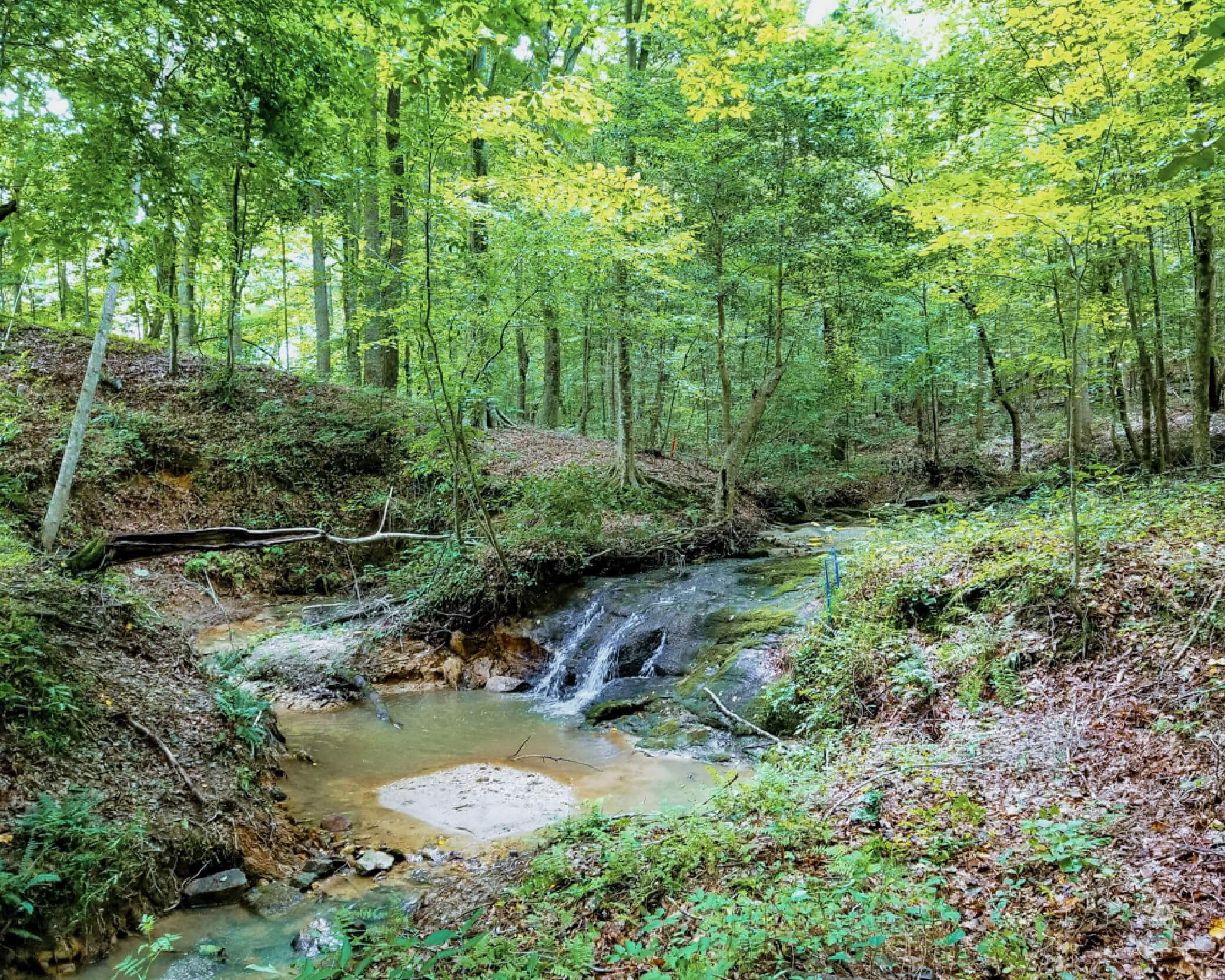- July 11, 2023
- Perspectives, Trending Topics
What’s Next for U.S. Wetlands After Sackett v. EPA?


Tara Allden, J.D., M.S.
Environmental Scientist

Katie Crum, CPWD
Environmental Scientist

Marcus Rubenstein, CPESC
Senior Project Manager

Willie Sullivan, PWS
Environmental Scientist
In May 2023, the U.S. Supreme Court (SCOTUS) unanimously ruled that the Environmental Protection Agency (EPA) and U.S. Army Corps of Engineers (USACE) have no Clean Water Act (CWA) jurisdiction over wetlands on the property of the Sackett family.
While all nine Supreme Court justices agreed that the wetlands on the Sackett property are not and should not be federally jurisdictional, they published three separate opinions. The controlling opinion was joined by five of the nine justices.
That decision has the potential to deregulate millions of acres of U.S. wetlands and open these areas for development. But until regulators weigh in, the outcome remains unclear. The USACE and EPA “are interpreting the phrase ‘waters of the United States’ consistent with the Supreme Court’s decision in Sackett” and will issue a final rule by September 1, 2023.
What Wetlands Can the U.S. Regulate?
The federal authority to regulate wetlands comes from the CWA, which specifies that “waters of the United States” (WOTUS) may be regulated. But the CWA does not define WOTUS, giving that task to the EPA and USACE. The Sackett case is the fourth time that the Supreme Court has weighed in on WOTUS, each time addressing wetland “adjacency,” the term used to define the scope of the CWA jurisdiction over wetlands. The scope of federal jurisdiction has narrowed in the three most recent cases. The majority opinion in Sackett identified two criteria for a wetland to be considered adjacent and therefore federally jurisdictional:
“first, that the adjacent [body of water constitutes]… ‘water[s] of the United States’ (i.e., a relatively permanent body of water connected to traditional interstate navigable waters); and second, that the wetland has a continuous surface connection with that water, making it difficult to determine where the ‘water’ ends and the ‘wetland’ begins.”
A new regulatory interpretation of adjacency based on these criteria could substantially reduce the streams and wetlands regulated under the CWA. This could make it easier for developers to identify properties encumbered by “waters of the United States,” which would help to reduce their permitting requirements.
Regulators and Developers Enter a Gray Area
As noted above, the EPA and USACE have announced that they will have a final rule by September 1. Furthermore, individual state surface water and wetland regulations will not be impacted by the ruling. State and local authorities around the country are reviewing their laws to understand the effects, and we expect many to update their codes in light of the decision.
One critical point: the SCOTUS ruling did not change the definition of a wetland. In most cases, wetlands are still delineated under the USACE Delineation Manual and applicable Regional Supplement. The court case affects only the federal jurisdictional extent over wetlands. And often, delineations will need to be done to determine which wetlands are not subject to federal jurisdiction.
In the short term, the industry is operating in a gray area until officials publish new rules. This means that:
- Developers should expect delays from the USACE in processing wetland determinations and permit applications. Some USACE districts have suspended processing Approved Jurisdictional Determinations altogether for the time being.
- Developers will face uncertainty if a specific wetland will be subject to federal jurisdiction under the CWA. Similarly, states’ regulations of a wetland vary and may shift post-Sackett.
- Due to the anticipated reduction of Section 404 permitting, other federal laws that often depend on the Section 404 process for review, such as the Endangered Species Act and National Historic Preservation Act, may see a reduction in regulatory review.
- Despite the potential for substantial deregulation, wetland and stream delineations will still be necessary to determine what aquatic resources are present within a property. We recommend that developers begin these efforts early to identify potential constraints and prepare for the impending regulatory changes.
When the EPA and/or USACE publish new rules, we will share our analysis on their environmental and industry impacts. Until then, developers should proceed with patience on projects affecting jurisdictional waters, issued permits, mitigation requirements, or related regulatory issues.
About the Authors

Tara Allden, J.D., M.S.
Tara is an ecologist and environmental attorney. She specializes in developing and implementing compensatory mitigation projects, wetland delineation and permitting, and NEPA documentation. Prior to rejoining Kimley-Horn in 2014, she spent 11 years working as a mitigation banker, assisting in the development of entrepreneurial wetland, stream, and nutrient mitigation banks across the nation. Tara is a member of the South Carolina Bar and formerly served as the president of the South Carolina Mitigation Association.

Katie Crum, CPWD
Katie has 20 years of experience in environmental permitting, planning, and studies. Katie specializes in managing due diligence investigations, technical studies and reports, environmental analysis, and wetland permitting for both public sector and private projects. She is a subject matter expert in conducting wetland assessments and delineations in accordance with the methods outlined in the USACE 1987 Wetland Delineation Manual. She has also prepared PJDs and AJDs for confirmation with the USACE. Her expertise includes preparing applications for impacts to wetlands and surface waters and managing the permitting process with the USACE and state and advisory agencies. Katie served on the Virginia House Bill 206 Regulatory Advisory Panel Workgroup in 2022 and Virginia Beach Wetlands Board from 2018 through 2023.

Marcus Rubenstein, CPESC
As an ecologist and certified wildlife biologist, Marcus has 20 years of experience specializing in all regulatory aspects of the U.S. Clean Water Act for both the private and public sectors. Marcus has conducted and managed stream and wetland delineations for hundreds of miles of infrastructure corridors and land development sites. He has also prepared and supervised many Section 404 and stream buffer variance applications, including highly complex permitting scenarios such as linear projects, individual permits, and custom mitigation plans.

Willie Sullivan, PWS
Willie specializes in wetland and stream delineations and Clean Water Act permitting, compensatory mitigation projects, threatened and endangered species habitat assessment and surveys, and vegetative and natural community assessments. He has worked on numerous projects for both public and private clients, including the North Carolina Department of Transportation, various local municipalities, and private-sector clients throughout NC, SC, and VA. Willie understands the complex, cross-disciplinary permitting processes required by local, state, and federal entities, enabling projects to achieve environmentally sound and vetted solutions.
